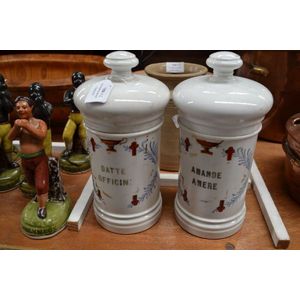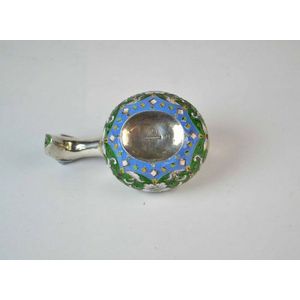19th Century Pine Kitchen Dresser
You must be a subscriber, and be logged in to view price and dealer details.
Subscribe Now to view actual auction price for this item
When you subscribe, you have the option of setting the currency in which to display prices to $Au, $US, $NZ or Stg.
- Rustic - Rustic is defined as "of, relating to, or typical of country life or country people", and the items illustrated in this price guide accord with that definition.
But in the 18th and 19th century "rustic furniture" had a narrower definition. It referred to furniture where the framework was carved or moulded to resemble tree trunks and branches, and was usually for outdoor use. Rustic furniture was made in cast iron, wood, terracootta and concrete. Much of the Coalbrookdale company's cast iron furniture was of rustic design. - Cornice - The upper section of a high piece of furniture such as a bookcase, wardrobe or cabinet that sits immediately on the main structure. The cornice is usually decorated with a variety of architectural mouldings, worked either with a moulding plane or, from the later 19th century, by machine. The front and side of the cornice are mitred together, strengthened by glue blocks, and the back is generally a simple dovetailed rail to hold the structure together. Cornices are generally, though not always, fitted separately to the piece and are held in place either by screws sunk into the top board or by wooden corner blocks. A pediment may sit above the cornice, but sometimes the terms cornice and pediment are used interchangeably.
- Block Feet - Block feet are usually found on square or sometimes tapered legs. Although the basic block foot is square on all sides, there are variations including a tapered block foot, moulded block foot and carved block foot.
This item has been included into following indexes:
- dressers, style or type
- dressers, timber - pine 85
Visually similar items

Two antique French porcelain chemist jars 'Amande Amere' & Datte Officin:' approx 29 cm H(2)

A Burberry scarf, 'Carre en Soie' printed and titled 'Systemate Nature', deep blue edge. Very good condition

A Russian 84 silver & enamel Kovsh, by Ivan Petrovich Khlebnikov 1819 - 1881 3rd quarter 19th century signed makers stamp and 84 mark to base, height: 4 cm, length 9 cm, bowl diameter 5.3 cm

Sterling silver onyx and diamond pendant and chain, in original box, stamped Italy 925
